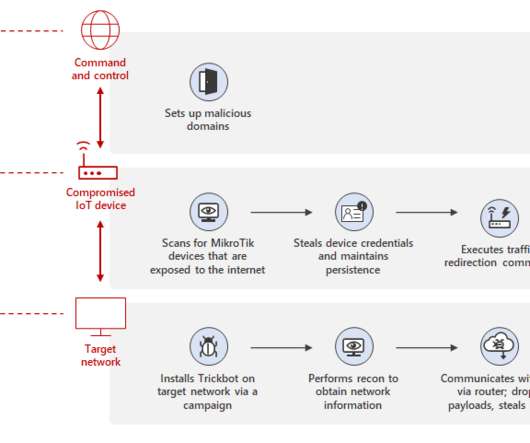Threat Trends: DNS Security, Part 2
Cisco Security
MARCH 23, 2021
This is what we covered in part one of this Threat Trends release on DNS Security, using data from Cisco Umbrella , our cloud-native security service. This time we’ll be comparing yearly totals of DNS traffic to malicious sites, by industry. As in part one, we’ll be looking at data covering the calendar year of 2020.



















Let's personalize your content